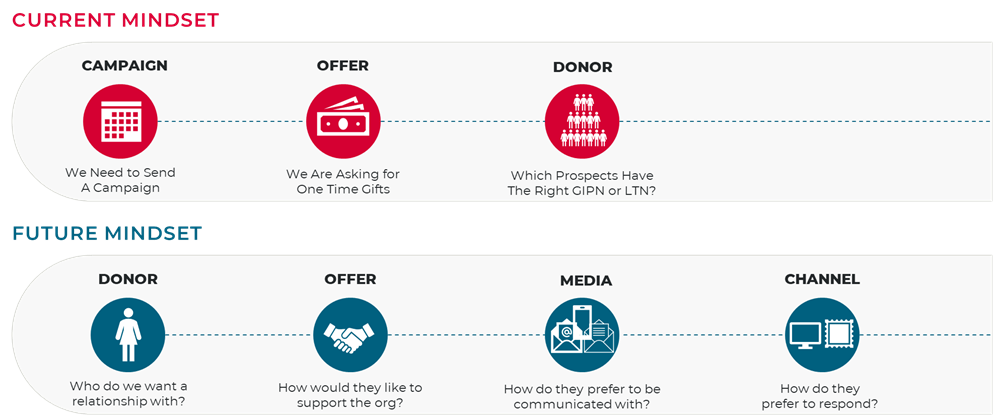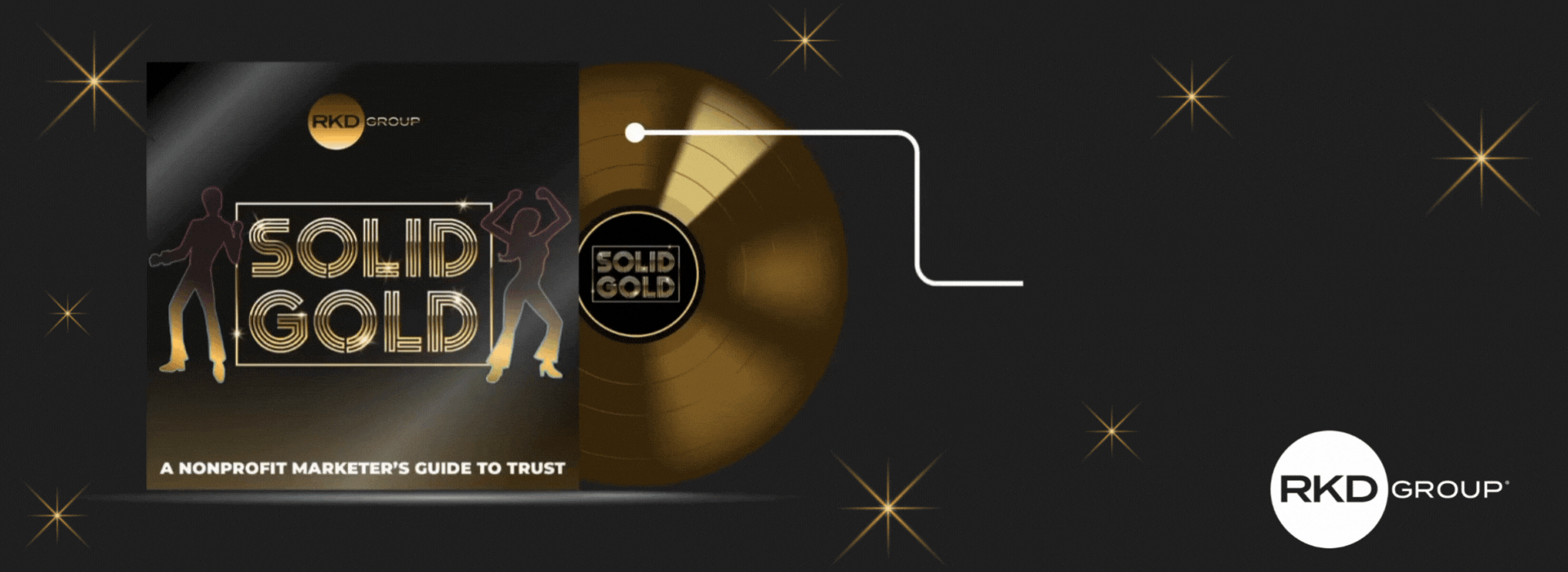Whether you realize it or not, we’re all scientists and engineers at heart. That’s because we love to measure everything in our lives.
Don’t believe me? Take a moment to think about your typical day. Here are a few examples of measurement you might find:
- Upon waking up, you check the day's temperature.
- Before speaking or emailing at work, you carefully choose your words.
- At the gym, you count the number of exercise repetitions.
- While cooking, you measure the precise amount of salt for your dishes.
You get the point.
The reason we do this so much is because measurement helps us reach our goals. Think about the examples above one more time through the lens of their outcome:
- After waking up, you check the day's temperature... to pick the right clothing.
- At work, you choose your words carefully before speaking or emailing... to better communicate with colleagues.
- At the gym, you count your reps... to track your fitness progress.
- While cooking, you measure salt precisely... to ensure your meal is tasty.
Measurement is also an essential part of nonprofit fundraising and marketing. With limited resources, you need to know what’s working and what’s not.
Yet so many technology tools in the nonprofit space fail when it comes to proper measurement. They typically offer pre-built dashboards that measure predetermined metrics.
That simply doesn’t cut it in our unique space. So let’s talk about why nonprofits are different and how we need to measure with empathy.
What makes the nonprofit industry unique
The primary goal for a commercial company is to deliver the least amount of service for the most amount of money—thus ensuring maximum profit.
Nonprofit organizations do the opposite. They aim to deliver the most amount of service for the least amount of money.
This becomes a challenge when off-the-shelf dashboards are geared toward tracking net revenue from sales. Even the dashboards that are designed for the nonprofit industry usually get it wrong.
Prebuilt reports and dashboards are often like premade frozen burritos—just pick them up, put them in the microwave and they are ready to go. We need to be more like Chipotle where you walk down the line, pick the ingredients you want and build your customized burrito or bowl (sorry, if this made you hungry).
That’s because each nonprofit organization is unique. Each has its own mission, its own values, its own strategies and its own goals.
When I refer to empathy in technology, I’m talking about creating the tools you need to reach your goals. It’s critical to understand what outcome you’re trying to drive before you measure.
We need to start with the end in mind and work backward:
- Set your goals based on the outcomes you want to achieve
- Determine the data needed to track these goals
- Ensure that this data is accurate and accessible
- Build the reports and/or dashboards to measure this data
So, the big question then becomes: What should I be measuring?
Actionable insights require a shift in mindset
Traditionally, fundraisers and marketers tend to think in terms of campaigns, so that’s where they begin their strategic planning. Once the campaign is set, they move to the offer and then figure out which donors to reach.
But this is backward from how we need to be thinking in today’s always-on omnichannel world.
We need to start with donors—understanding who we want to communicate with and who we want to build a relationship with. Then, we can move to figuring out the offer that motivates them and the channels they prefer.

Begin with the key performance indicators (KPIs) and metrics that are crucial to your nonprofit. By harnessing accurate data from the appropriate systems, you can generate timely and relevant reports and dashboards. This approach will shed light on the preferences of donors and volunteers concerning channels, communication and campaigns—elements that are integral to fostering lasting relationships through a strategic blend of technology and empathy.
As you think about your organization’s goals, think about where you want to be in five years. Think about how rapidly the world is changing and how you need to change your strategies to adapt.
Build a tech suite that aligns with your goals and adopt a donor-first approach. With a firm plan in place, you'll capture the insights and metrics that matter—going beyond dashboards to meet the unique measurement needs of nonprofits.






Leave a comment: